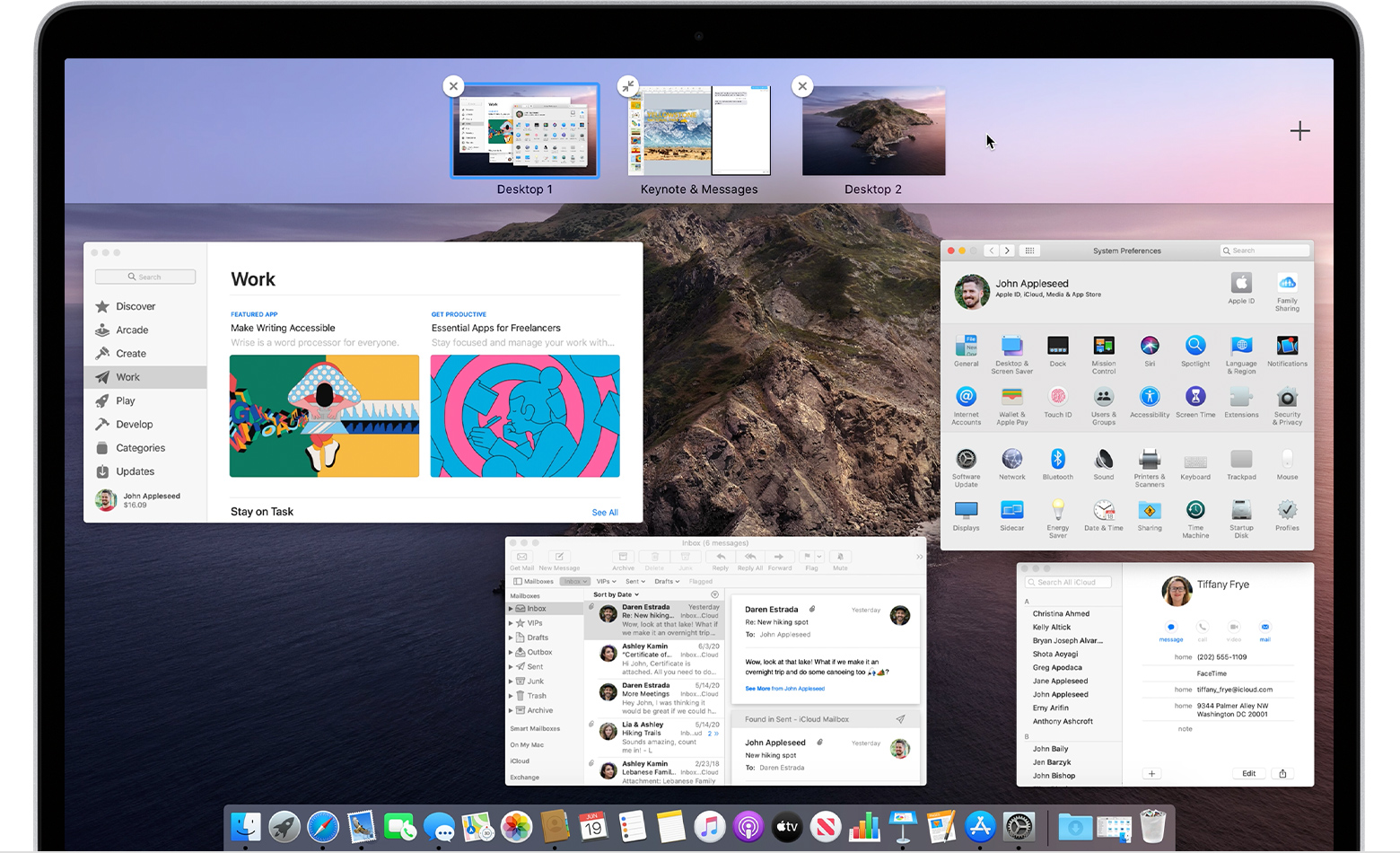

This view breaks, for the reasons outlined above, on Mac OS. Gordon's point (if I understand it correctly) is that not providing a keybinding switch between frames assumes a Windows-centric point of view that a window can live by itself independtly of the application it is tied to. However, this shortcut is NOT official AFAIK (I don't think it is in Apple's HIG but I might be wrong). This shortcut is command-~ (it's really command-`). OS X provides a recommended shortcut to switch between windows in the context of a given application. If an application has several opened (several documents and/or toolbars), you cannot switch between them using command-tab. Mac OS provides a way to switch between open applications using the command-tab (meta-tab) shortcut. For example, you can have a running application which doesn't have any opened window.


You opened a document that happens to be shown in a window but the application is NOT the window. On Mac OS, applications don't have windows per se. The result is that you can switch between windows and applications indifferently using alt-tab. On Windows, a window is more or less an application by itself: there is a confusion between the notions of windows, documents and applications. The problem is that windows are conceptually different on Mac OS than on Windows. Admittedly, armed with this knowledge, it's possible to get carried away and close out all open apps.I cannot beleave that each application implements its My favorite on the above list is the ability to quit an app. Drag Finder document to Command-Tab: Start to drag a document in Finder, hit Command-Tab to launch the application switcher and drag the doc to the appropriate app in the switcher.Command-Tab-1: Will show the open windows of the app selected in the switcher.

Command-Tab-H: Will hide the app selected in the switcher.Command-Tab-Q: Will close the app selected in the switcher.Command-Shift-Tab: Will move you backward through the open apps.Command-Tab: Will move you forward through the open apps.Our own Matt Elliot had previously covered how to go left in the app switcher, but as it turns out, there's actually a few more tricks to the seemingly vanilla application switcher.Īs pointed out by TUAW, by combining an extra button with the standard Command-Tab combo, some handy tasks can be completed. When you release Command on an app's icon, the respective app is displayed. To use it, you simply press hold in the Command key, while pressing Tab to scroll through the app icons. The application switch built into OS X makes it super easy - and fast - to switch between applications currently open and running on your Mac.


 0 kommentar(er)
0 kommentar(er)
